Easy Sanding Steps
Gator® Finishing Products has developed a uniquely simply Step System to get you through your next sanding and finishing project. From start to finish, we have the total solution to make sure that your results exceed your expectations. From removal of old finishes, to sanding and preparing surfaces for you finish and even when you need to put that piano finish on your piece…we will teach you to Sand with Confidence™
gator® step finishing system
- 1Removal
- 2Sanding
- 3Finishing
- 4Polishing
Step 1: Removal
Step 1 is the foundation to all successful sanding projects. Whether you are removing an old finish or starting with a rough unfinished surface, the grits in Step 1 are an essential starting point before moving to Step 2 in the sanding process. To ensure that your new finish will properly adhere to your work piece it is important to remove all of your old finish.
-
P36 - Extreme Removal
Best for badly rusted metal, rough sawn lumber and thick layers of old paint -
P40 - Extreme Removal
Best for badly rusted metal, rough sawn lumber and thick layers of old paint -
P50 - Extreme Removal
Best for cleaning up 36 & 40 grit sanding scratches, removing old floor finishes, rust & paint -
P60 - Extreme Removal
Best for cleaning up 36 & 40 grit sanding scratches, removing old floor finishes, rapid wood, paint & rust removal on various surfaces -
P80 - Coarse Removal
Best for rapid removal of sanding scratches left by extreme grits. Flattens badly warped & rough sawn lumber. Light removal of paint & rust from various surfaces -
P100 - Moderate Removal
Best for light rust, paint & wood removal
Sanding Tip
Using abrasives to remove old finishes & paint from interior furniture can cause severe damage to the surface. Old finishes and paint should be removed chemically. Sand the “stripped” wood with the grits in Step 2 – Surface Preparation (P120/P150/P180)
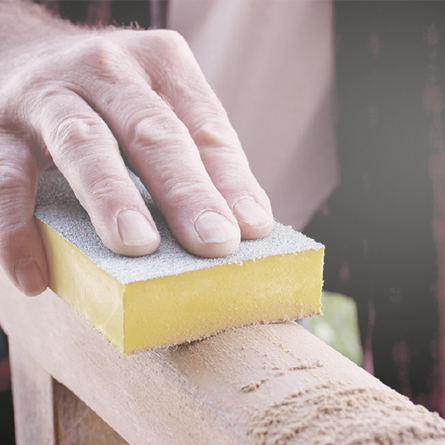
Step 2: Sanding
Using abrasives to remove old finishes & paint from interior furniture can cause severe damage to the surface. Old finishes and paint should be removed chemically. Sand the “stripped” wood with the grits in Step 2 – Surface Preparation (P120/P150/P180)
-
P120 - Moderate Surface Preparation
Best for raw surface preparation of wood, drywall, fiberglass & metal -
P150 - Light Surface Preparation
Best for light smoothing of raw wood, drywall, fiberglass & metal -
P180 - Final Surface Preparation
Best for final preparation of all surfaces before finishing. This grit is the last of the three grits in Step 2. For best results, do not skip grits in this part of the smoothing process. Removes all previous sanding scratches.
Sanding Tip
Always remove all dust from previous grit, using a tack cloth, before sanding with the next grit. A final sanding, with the grain, using the 180 grit provides a better surface for finishing. If you are planning to apply a stain to your work piece, sand through 180 or 220 grit to ensure that the surface will properly accept your finish.

Step 3: Finishing
Step 3 is the final finishing stage after you have applied your chosen finish. The grits in Step 3 are designed for final surface smoothing of painted surfaces, or between clear coat sanding to remove small surface imperfections.
-
P220 - Fine Scuffing
Best for scuffing & de-whiskering primers & sealers. Also use on raw wood for fine smoothing -
P320 - Extra Fine Scuffing
Best for scuffing between coats of sealers & top coats -
P400 - Super Fine Scuffing
Best for scuffing & smoothing during final finishing & between applications of top coats
Sanding Tip
Your final finish sanding should always be done by hand, with the grain, to reduce potential swirl marks left by power sanding.

Step 4: Polishing
Step 4 is the optional step when your goal is to achieve a High Gloss finish on your work piece. The ultra-fine grits are used to remove all surface imperfections or 'nibs” in your clear coat to ensure a blemish free surface before compounding. Once you all your sanding is done, choose your favorite polishing compound to bring out the luster of your finish.
-
600 - Ultra Fine Waterproof
Best for sanding final lacquer coats prior to compounding -
800 - Ultra Fine Waterproof
Best for light scuff sanding before applying color & clear coats or to produce a matte finish. -
1000 - Mirror Fine Waterproof
Best for sanding color or clear coats before buffing to a satin finish -
1200 - Mirror Fine Waterproof
Best for sanding color or clear coats before buffing to a satin finish -
1500 - Mirror Fine Waterproof
Best for sanding color & clear coats before buffing to a high gloss finish -
2000 - Micro-Fine Waterproof
Best for sanding or touch up repairs on color & clear coats before buffing to a high gloss finish -
3000 - Micro-Fine Foam
Best for wet sanding before polishing -
5000 - Micro-Fine Foam
Best for wet sanding before polishing
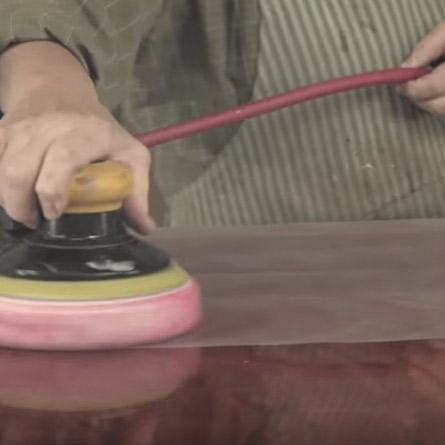
gator® sandpaper selection Guide
- Multi-Purpose
Sandpaper - Bare Wood
Sandpaper - Waterproof
Sandpaper - Metal
Sanding Cloth - Drywall
Sanding Screen - Drywall
Sandpaper
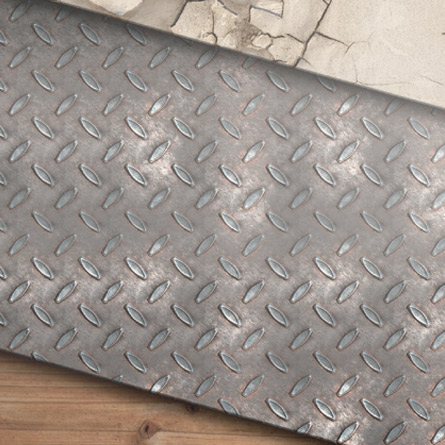
Multi-Purpose Sandpaper
Best for wood, metal, fiberglass & paint
-
P36 - P40 Extra Coarse
Best for quick stock and paint removal on extremely rough surfaces -
P50 - P60 Coarse
Best for quick stock and paint removal on rough surfaces -
P80 - P100 Medium
Best for moderate stock and paint removal / surface preparation before painting interior and exterior surfaces -
P120 - P150 Fine
Best for light stock removal and bare wood sanding / surface preparation and light paint scuffing before painting interior surfaces -
P180 - P220 Extra Fine
Best for final surface sanding and preparation before applying paint and stain / light scuff sanding between coats of paint and varnish
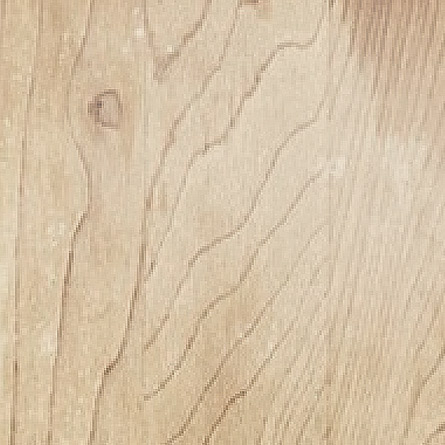
Bare Wood Sandpaper
Best for wood, furniture, cabinets & trim - oak, cherry, walnut, poplar, maple, pine, hickory, mahogany & cedar
-
P50 - P60 Coarse
Best for quick stock removal and rough wood surfaces -
P80 - P100 Medium
Best for moderate stock removal and stain removal on wood -
P120 - P150 Fine
Best for light stock removal and surface preparation of bare wood -
P180 - P220 Extra Fine
Best for final surface sanding and preparation before applying paint and stain on wood -
P320 Super Fine
Best for scuff sanding between clear coats and sealers

Waterproof Sandpaper
Best for sanding automotive paints, urethane, lacquer, varnish, porcelain, acrylic enamel, metal primer & clear coats
-
P120 Coarse
Best for rust and paint removal on metal -
P150 Medium
Best for light metal sanding & shaping body fillers -
P180 Fine
Best for light metal sanding and dry sanding body fillers -
P220 Extra Fine
Best for dry sanding between coats of primers & sealers -
P320 Very Fine
Best for wet sanding and feathering paint or use dry to smooth body fillers -
P400 Very Fine
Best for wet sanding before coats of primer -
P600 - P1000 Ultra Fine
Best for sanding between coats of paint and to wet sand primer coats -
P1500 - P2500 Mirror Fine
Best for wet sanding color or clear coats before buffing
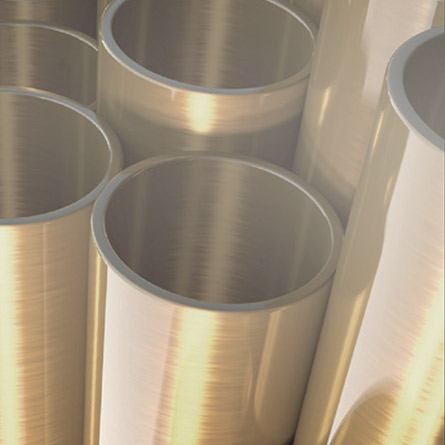
Metal Sanding Cloth
Best for cleaning steel, iron, aluminum, brass & copper
-
P50 Coarse
Best for removal of rust, corrosion and paint from metal -
P80 Medium
Best for light rust and paint removal from metal -
P150 Fine
Best for cleaning metal surfaces before repainting and for cleaning copper -
P800 Ultra Fine
Best for cleaning & polishing metal surfaces
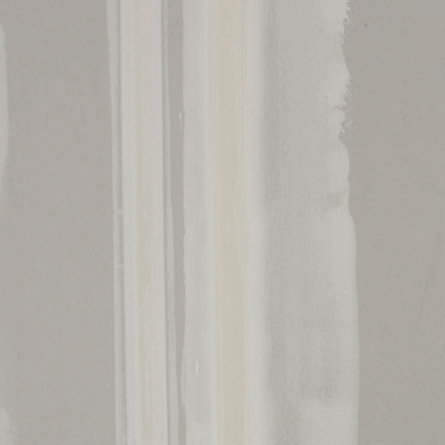
Drywall Sanding Screen
Best for joint compounds, spackling & paint scuffing
-
P80 Coarse
Best for smoothing rough surfaces and shaping joint compounds -
P100 Medium
Best for smoothing and shaping joint compounds -
P120 Fine
Best for smoothing and shaping joint compounds & paint scuffing before repainting -
P150 Extra Fine
Best for smoothing and shaping joint compounds & paint scuffing before repainting -
P180 Very Fine
Best for final smoothing of joint compounds & paint scuffing before repainting -
P220 Super Fine
Best for final smoothing of joint compounds & paint scuffing before repainting
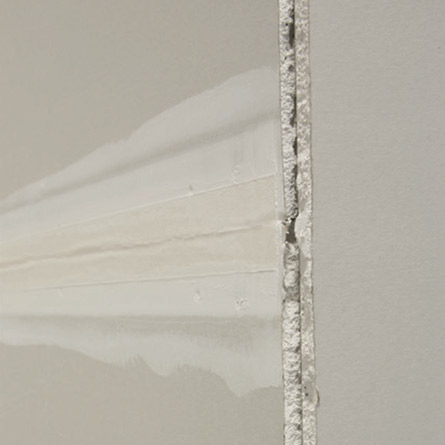
Drywall Sandpaper
Best for joint compounds, spackling & paint scuffing
-
P80 Medium
Best for smoothing rough surfaces and shaping joint compounds -
P100 Medium
Best for smoothing and shaping joint compounds -
P120 Fine
Best for smoothing and shaping joint compounds & paint scuffing before repainting -
P150 Fine
Best for smoothing and shaping joint compounds & paint scuffing before repainting
